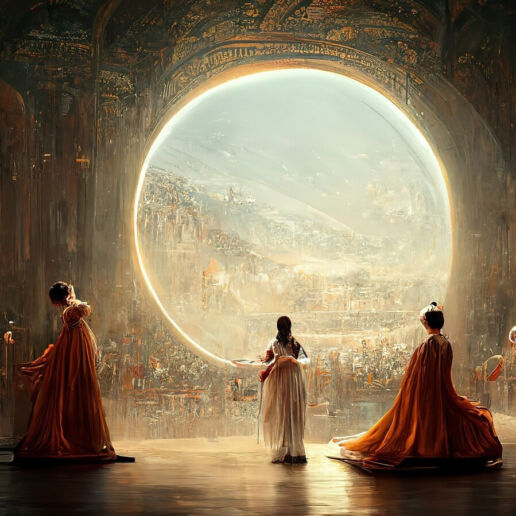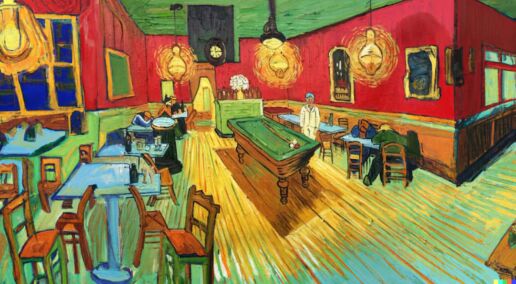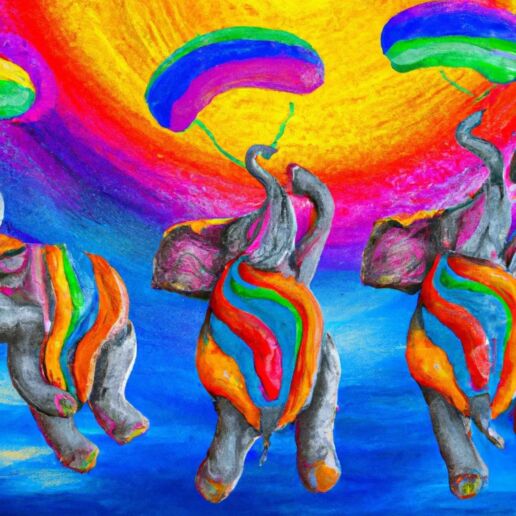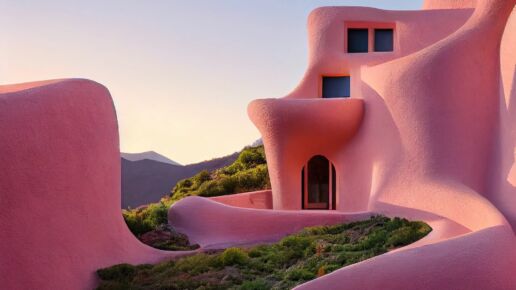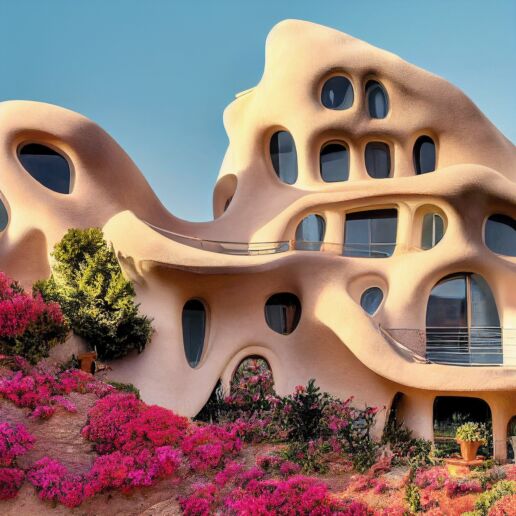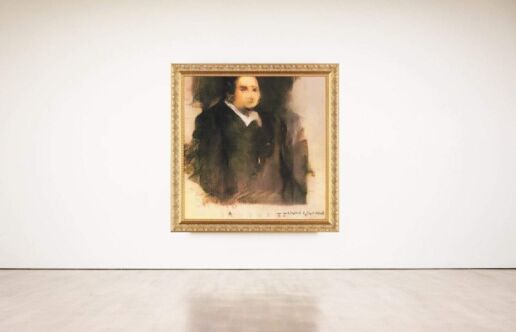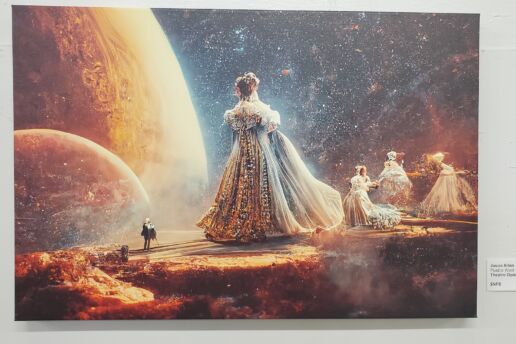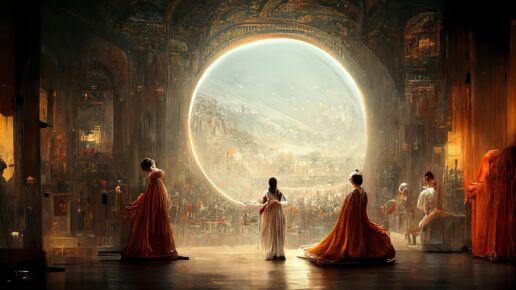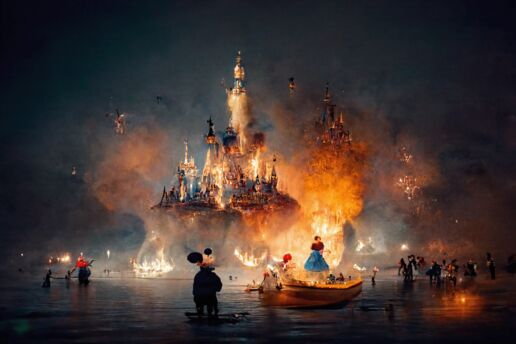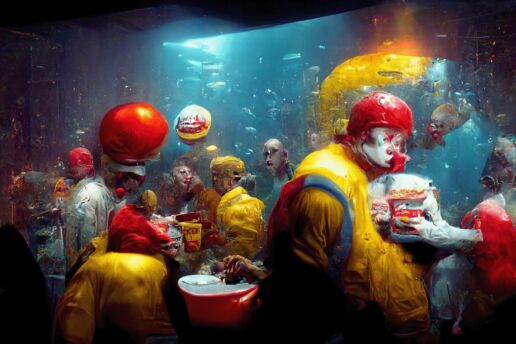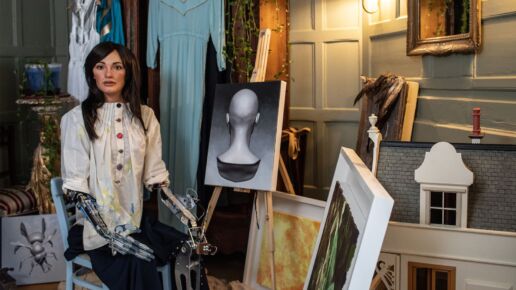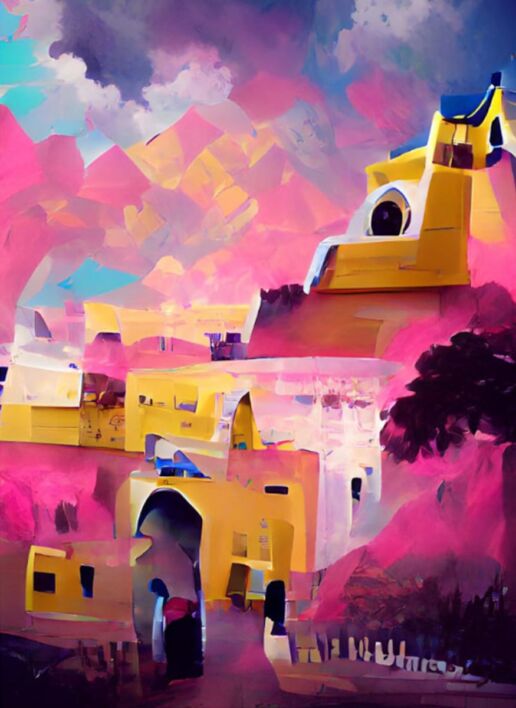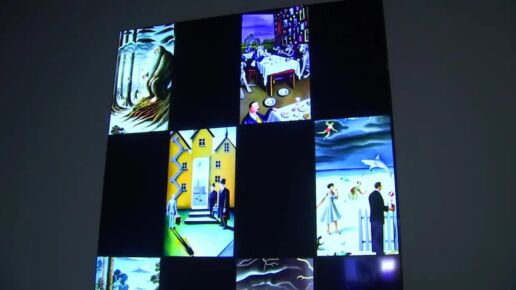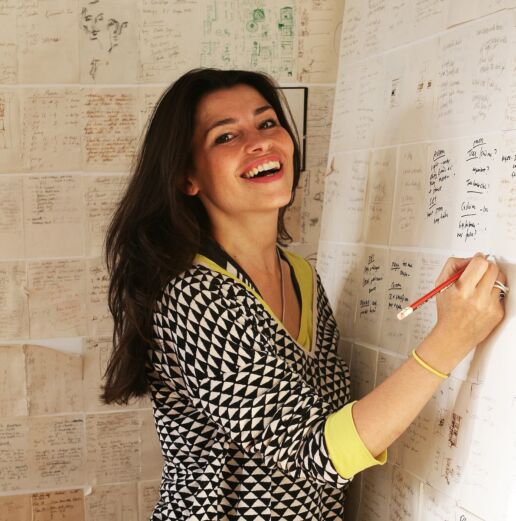RE-IMAGINING ART WITH ARTIFICIAL INTELLIGENCE
The relationship between artificial intelligence and art has been a topic of debate since the early 2000s. Yet tech advancements and newly emerging apps have already taken this relationship a step further in recent years.
As the old expression goes, a picture is worth a thousand words. Thanks to rapid advancements in technology, the digital realm of our day presents us with applications that prove this saying true. We’re living through an era when artificial intelligence (AI) apps that allow us to paint without even touching a paintbrush slowly take over simple and repetitive manual tasks. AI-based apps are some of the latest technologies to enter our lives, and although artists first began using them when they were struggling to find ideas or inspiration for their projects, many have recently started to label themselves as an “AI artist.” Using this technology, artists have been able to create surprising images as well as remarkable poems, songs, and movie scripts–they’ve even managed to generate demand from collectors for the works they create. In fact, we recently saw an AI-generated blurry portrait titled “Edmond de Belamy” sell for $432,500 at a Christie’s auction.
Can AI Really Create a Work of Art?
As research and discussions surrounding AI continue, new technologies and works continue to emerge in the field. These new apps and works also give rise to debates regarding whether these creations can be considered works of art. When an artist named Jason M. Allen won the Colorado State Fair’s annual art competition with a work of art created not through paint strokes or clay but with the AI image generator program Midjourney, a great deal of controversy ensued, with fellow competitors claiming he was cheating. Although these applications have many artists understandably anxious about their future, experts believe that these apps will require human thought and clear direction, no matter how advanced they get. Meanwhile, app developers note that AI can now create better art than most people, adding that the apps they develop focus on gaps in the art world. The world’s first ultra-realistic artist robot, Ai-Da’s AI-powered mechanical arms allow her to draw, paint, and even sculpt. She creates works of art using her artificial eye and a pencil in her bionic hand. In recent months, Ai-Da held her first exhibition, “Unsecured Futures,” at the University of Oxford. Although Ai-Da may not possess true consciousness, thoughts, or emotions, the show’s (human) organizers believe she serves as a basis for important discussions regarding the ethics of emerging technologies.
Improved Apps Lead to Higher-Quality Works
“Our transcendence adorns,
That society of the stars seem to be the secret.”
The two lines you just read are unlike any other poem you’ve encountered before. They were created using Google’s new art project PoemPortraits, with an algorithm based on a deep learning neural network trained on more than 20 million words of 19th-century poetry. PoemPortraits creates unique poems based on a suggested word of your choice, even allowing users to add a selfie to their poem. According to the project’s creator Es Devlin, AI doesn’t copy or re-process existing phrases but instead uses them as training material to create a complicated statistical model. Other AI-powered mobile apps include Dream by WOMBO, which allows users to input descriptions and choose a style to generate images, as well as Disney Research Studios’ FRAN, which allows users to age their faces within seconds. These emerging technologies also allow for new works of art to be experienced. Developed by designer Ariadna Giménez, the Gaudism app draws inspiration from Antoni Gaudí to explore aspects of Catalan Modernisme at different scales. This AI-powered digital project focuses on the dynamism of Catalan Modernisme through wavy forms, a pastel color palette, and harmony with nature. Meanwhile, Florida’s The Dalí Museum uses the AI software DALL-E to transform visitors’ dreams into text-generated images in its latest exhibition. This art project by Goodby Silverstein & Partners asks visitors to describe a recent or recurring dream, with DALL-E then using these personal descriptions of dreams to create photo-realistic images.
@christiesinc christies.com
@jason_m_allen
midjourney.com
@aidarobot ai-darobot.com
artsexperiments.withgoogle.com/poemportraits
@esdevlin esdevlin.com
dream.ai
studios.disneyresearch.com
@ariadna.lab
@gaudisim.ai
@openaidalle openai.com/product/dall-e-2
A creative who combines art, design, and architecture in her work, Es Devlin is a stage designer for Lady Gaga, Muse, Kanye West, Jay-Z, and The Weeknd. Her latest project, Google PoemPortraits uses AI to combine poetry and technology. Devlin also designed a 20-meter-tall conical poetry pavilion with a circular façade for the UK Pavilion at the Dubai Expo 2020.


